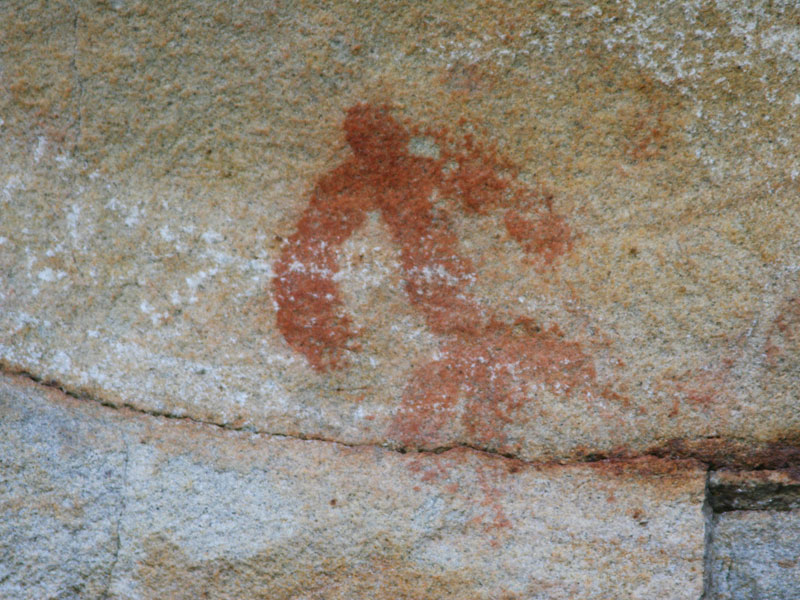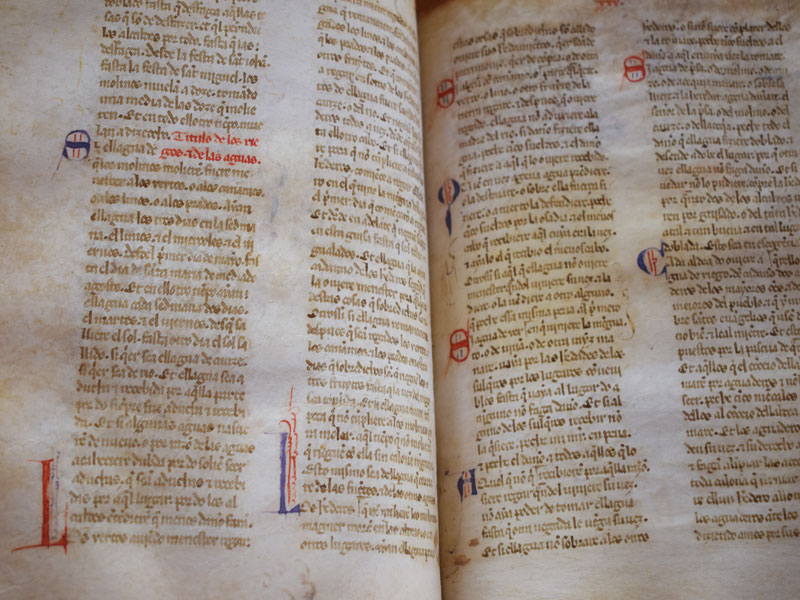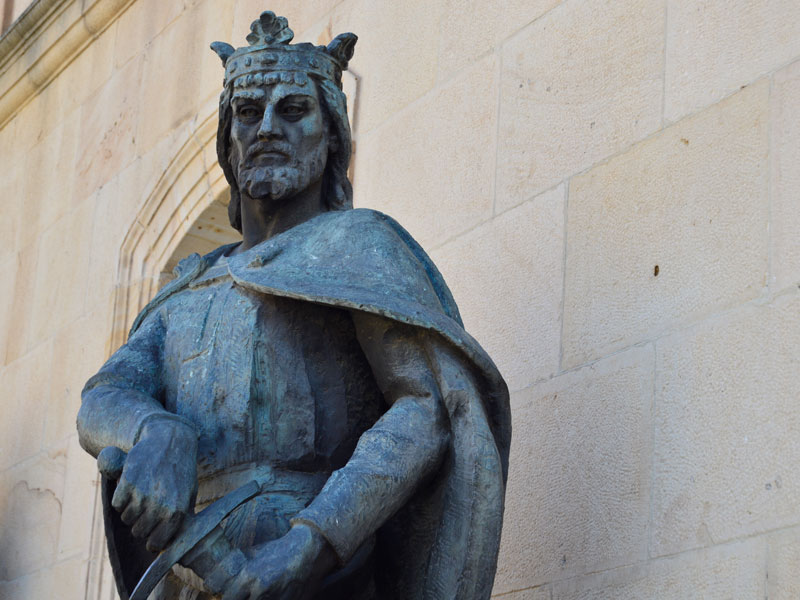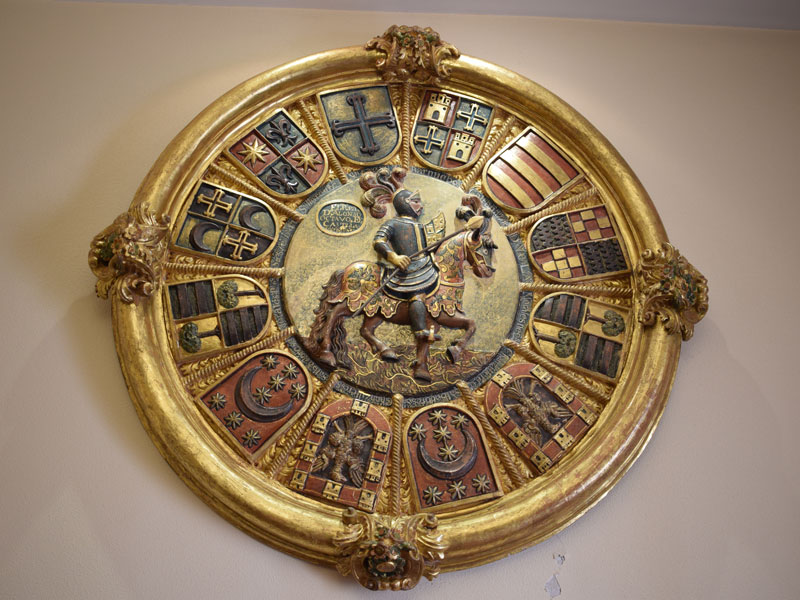
History of Soria
It is not in the space that Soria currently occupies where we find the oldest vestiges of its history, but eight kilometers to the northwest of the city, in Mount Valonsadero. Two thousand years before the birth of Christ, groups of pastors were established in that place, who painted a series of scenes of their daily life, through which they have been identified 35 scenes.
Nearby is also one of the highlights in history, Numancia. More than 20 years of wars between the Arévacos, the Celtiberian town that inhabited that city and the Roman invaders, until it fell after the long siege of Scipio in 133 a.C.
There are very few vestiges of the Roman and Visigothic stages that we know in the term of Soria and generally it is about materials decontextualized by what, archeologically it is affirmed that the population Soria like entity does not arise until its medieval stage. It is doubtful that Soria existed as a population nucleus until, in 1119, it arose as such due to the Aragonese king Alfonso I "the Bataller" supporting the people with the Fuero Breve. It is then when people begin to establish themselves from different places of what would be the Land of Soria, but also Aragonese and Navarrese, from the hill of Mirón to the one of the Castle, arriving until the Duero. In 1136 Soria went from Aragonese hands to Castilian, reigning Alfonso VII, stepson of the previous one. The city grew rapidly during the reign of Alfonso VIII, whom the noble Sorianos protected in their childhood and next to which they fought in the battle of the Navas of Tolosa.
In the thirteenth century the census of Alfonso X reflects the existence of 35 parishes or collations in which 777 neighbors live. In 1256 Alfonso X, as he did with other populations the previous year and in that year, imposes on Soria the Royal Charter, and will be from 1274 when it is conceivable the drafting of the Extension of Soria by some right expert, also knower of the regime Privileged border that used and invoked the council Soriano.
Alfonso X will constitute the Honored Council of the Mesta, activity that will move the economy soriana the following centuries. His successor, Sancho IV, will build at the end of the century the walled enclosure, 4,100 meters of fortification. It will again be frontier land for a long time, with those of Navarre and Aragon now.
Some events stand out in the S. XIV as the assassination and subsequent revenge of King Alfonso XI of the merino mayor Garcilaso de la Vega, the delivery of the city to Beltrán Du Guesclin by Enrique II and the subsequent uprising of the neighbors, creation Official of the 12 Lineages of Soria or the celebration of the national Courts in 1.380.
The fifteenth century does not emphasize in too many facts excepting the expulsion of the Jews, what brought loss of population and of creation of wealth.
The centuries XVI, XVII and XVIII bring to Soria the loss of political importance, being the wool the main factor of development of the city.
The XIX will be the definitive moment for the decline of Soria beginning the century with the occupation of the French troops in 1808 and its expulsion four years later being as a result an impoverished city and the demolition of great part of the wall, the reduction of provincial territory After administrative division made in 1833, the end of the Mesta in 1836, propitiating the sinking of livestock and the end in the last third of the century of the Cabaña Real de Carreteros.
The twentieth century brought structural changes with civil conflict, dictatorship and subsequent democracy and demographics, as the capital grew remarkably at the expense of the province that saw losing much of its population.
Present
Today it is a small city, quiet and dedicated largely to the services sector, with a population of around 38,000. Inspiring for writers and poets, it was certainly Machado who best captured with his verses the essence of Soria.
Oh yeah! With me you go, fields of Soria,
Quiet afternoons, hills of violet,
River malls, dream green
The gray soil and the brown earth,
Sour melancholy
Of the decrepit city.
You have come to my soul,
Or were you at the bottom of it?














